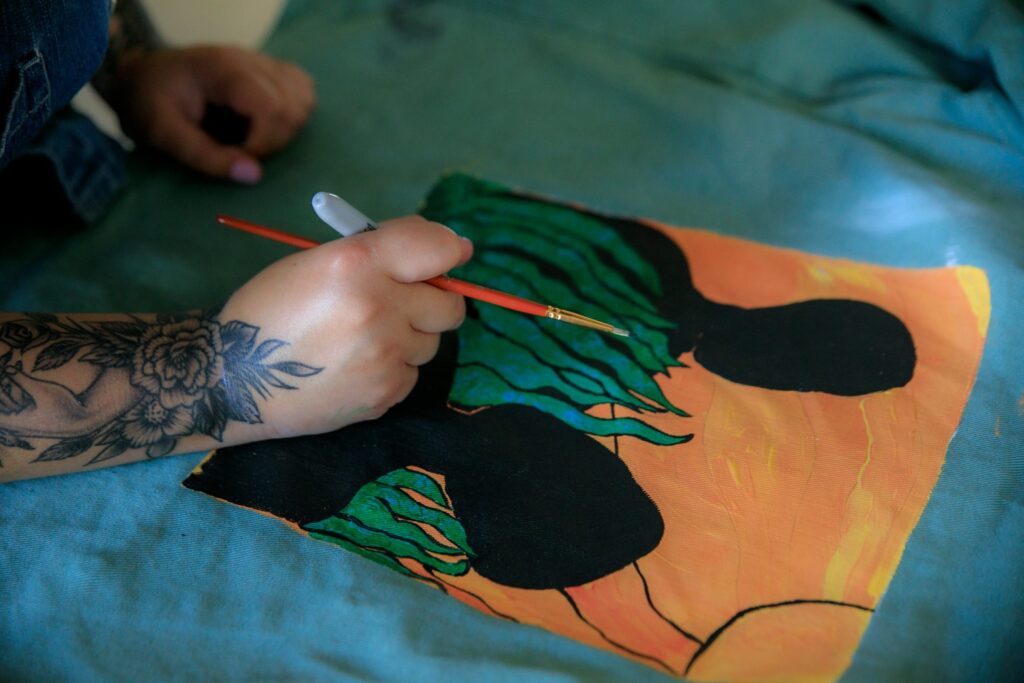Traditional artisans and contemporary artists are forging unprecedented collaborations, breathing new life into ancient practices through modern interpretations. Recent exhibitions and installations showcase this growing movement of cultural preservation through innovation.
The Metropolitan Museum of Art’s latest exhibition, “Threads of Time” (opening January 15, 2024), features digital artists working with traditional weavers from indigenous communities. The exhibition centerpiece includes an AI-generated pattern based on centuries-old textile designs, woven by master craftspeople from Peru’s Sacred Valley.
Japanese artist Yayoi Kusama’s December 23 announcement revealed her upcoming project incorporating traditional Kintsugi techniques with modern materials. The installation, scheduled for Tokyo’s Mori Art Museum in February 2024, uses recycled electronics repaired with gold-infused resin, reimagining the ancient art of repairing broken pottery.
African contemporary artists are leading similar initiatives. The Lagos Contemporary Art Festival (January 5-12) showcases installations merging traditional Yoruba bronze casting with 3D printing. Master craftsmen worked alongside digital artists to create sculptures that honor ancestral techniques while embracing technological innovation.
Chinese contemporary artists are revolutionizing traditional ink painting through virtual reality. The Shanghai Modern Art Museum’s “Digital Brushstrokes” exhibition (opening December 28) features VR installations where visitors can practice calligraphy in an immersive digital space, guided by AI trained on ancient masterpieces.
Indigenous Australian artists launched the “Dreamtime Digital” project on December 21, combining traditional dot painting techniques with projection mapping. The initiative, supported by major galleries, aims to preserve Aboriginal storytelling through interactive installations.
Museum curators report increasing public interest in these hybrid art forms. Ticket pre-sales for 2024’s cross-cultural exhibitions show record numbers, particularly among younger audiences seeking connections to cultural heritage through contemporary mediums.
The trend extends beyond visual arts. Musicians are incorporating traditional instruments into electronic compositions, while choreographers blend ancient dance forms with motion capture technology. The Kennedy Center’s upcoming “Heritage Futures” festival (March 2024) will showcase these multidisciplinary approaches.
Cultural institutions emphasize that these collaborations aim to preserve traditional practices rather than replace them. Grants announced this week by UNESCO support programs training young artists in both ancient techniques and modern technologies, ensuring cultural continuity through innovation.

